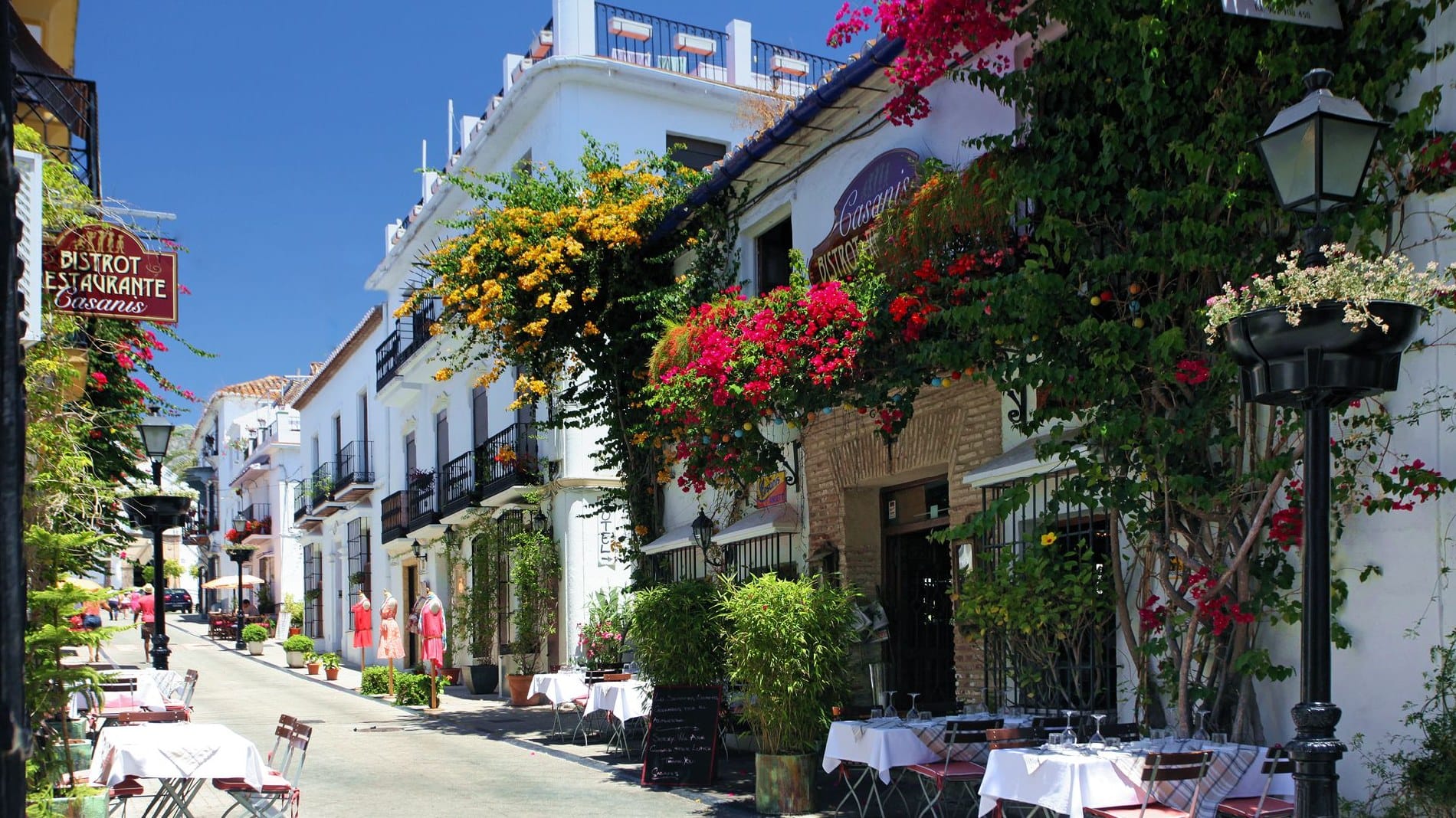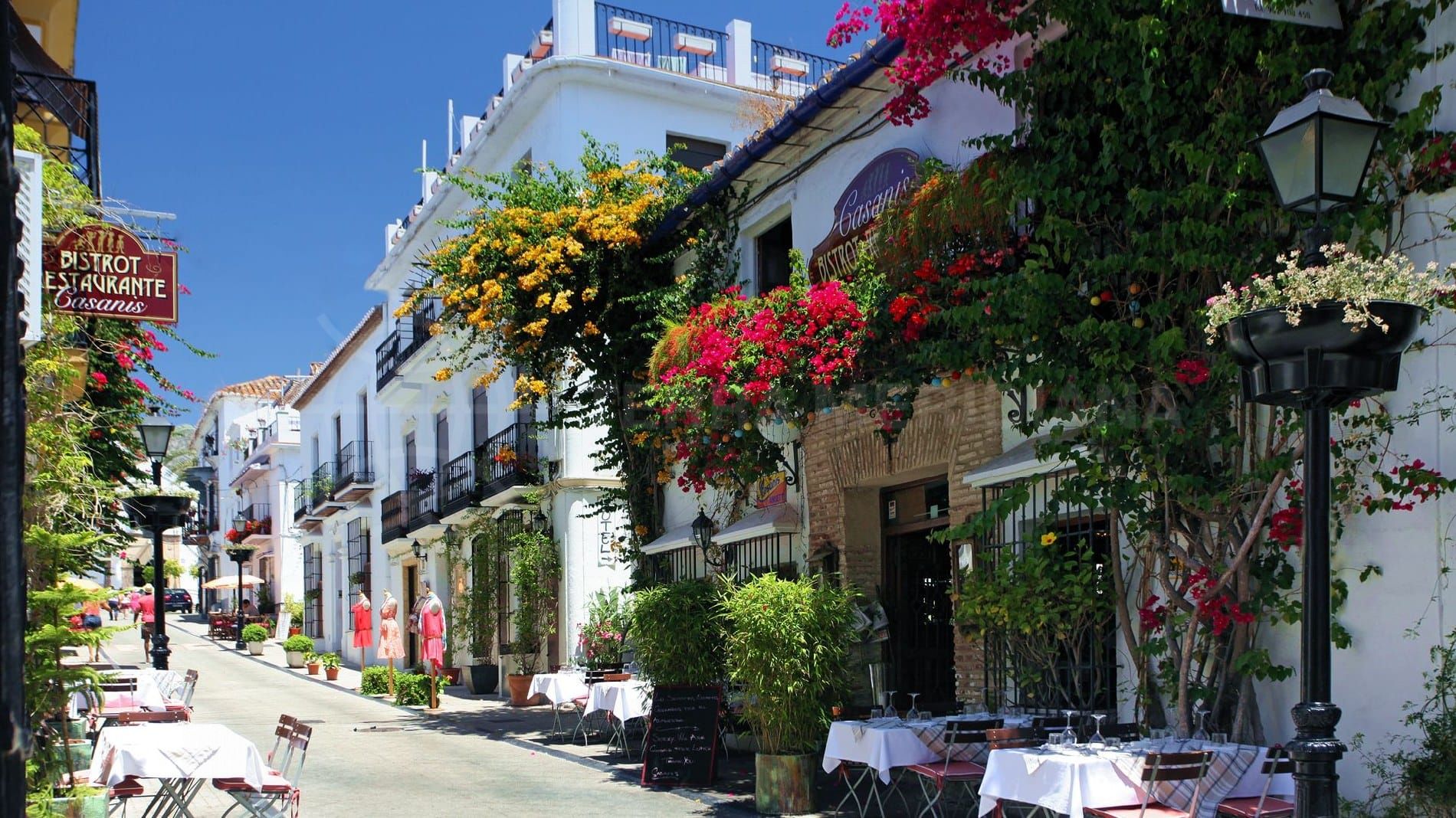Property News
Tourists welcome
Unlike some people in other parts of Spain, those of us who live and work on the Costa del Sol know just how important tourism is to the local economy and that making visitors welcome benefits everyone.

Before the tragic terrorist attack in Barcelona last month took over the front pages at home and abroad, much of the news in and about Spain this summer has been about the backlash against tourism in a small, but significant, number of destinations that are perennially popular among visitors from elsewhere in the country and from around the world: not just Barcelona itself, but also Ibiza, Mallorca, and Donostia-San Sebastian.
In Barcelona, anti-tourism graffiti have appeared on walls in many city centre neighbourhoods, where Airbnb-driven gentrification displaces long-term residents in favour of short-term visitors who push property values ever higher. And, in the Balearics, local authorities are now reportedly planning to introduce caps on holiday rental properties, as nationalist parties take their protests into the streets.
Meanwhile, up in the Basque Country, masked and bewigged activists even went as far as to halt a tourist train in its tracks as they danced to the strains of the Macarena. San Sebastian’s mayor, Eneko Goia, called the incident “terrible”. I wholeheartedly agree. That song is downright criminal.
Even Spanish President Mariano Rajoy, a man of few words at the best of times, has spoken up to appeal to his compatriots’ better nature, exhorting Spaniards “not to kick out those who come here and give us money. That’s madness.”
And still they came
For once, Rajoy is not wrong. Spain is the world’s third most visited tourist destination. With a population of 46.5 million, the country is on target to welcome more than 84 million tourists this year. Tourism accounts for 11% of GDP and generates 2.5 million direct jobs, putting food on the table for those who put food on tourists’ tables.
In Andalusia, and particularly the province of Malaga, the economy’s dependence on tourism is even greater. Tourism’s share of GDP is 13% and growing. Last year, Malaga itself was second only to Barcelona in urban tourism bookings, with 1.2 million visitors spending 2.3 million nights in the city’s hotels. On the Costa del Sol, 12 million people slept over for 26 million nights in 2016, contributing €11 billion to the region’s bottom line.
In 2016, the Costa del Sol welcomed over 10% more visitors that the previous year, with the number of foreign tourists jumping 15%, while national tourism also increased, albeit at a slower rate, by 3%. Over 8,000 new hotel rooms were added to the province’s inventory to deal with rising demand, while the number of properties registered with the Junta de Andalusia for tourist rentals in the region.
Making visitors feel welcome
Here, in Estepona where we live and in the resort towns along the coast where we work, we know which side our bread is oiled and tomatoed on. And while, as estate agents who deal with mostly international clients, our business may not be tourism per se, we depend just as much on visitors coming to the area, liking what they find, and, hopefully, with time, investing in property here as the chiringuito owners and pedalo pushers.
As a result, I’m not expecting to see locals rise up against tourists on Marbella’s Golden Mile any time soon, fighting for their right to leave a towel on a sun-lounger before the sun comes up. Like us, pretty much every local I know on the Costa del Sol looks forward to welcoming visitors with open arms every summer. The only real challenge most of us face with the influx of outsiders in August is fighting our way to the bar to order a cool cerveza on yet another hot and sunny day.
By Adam Neale | Property News | October 2nd, 2017
